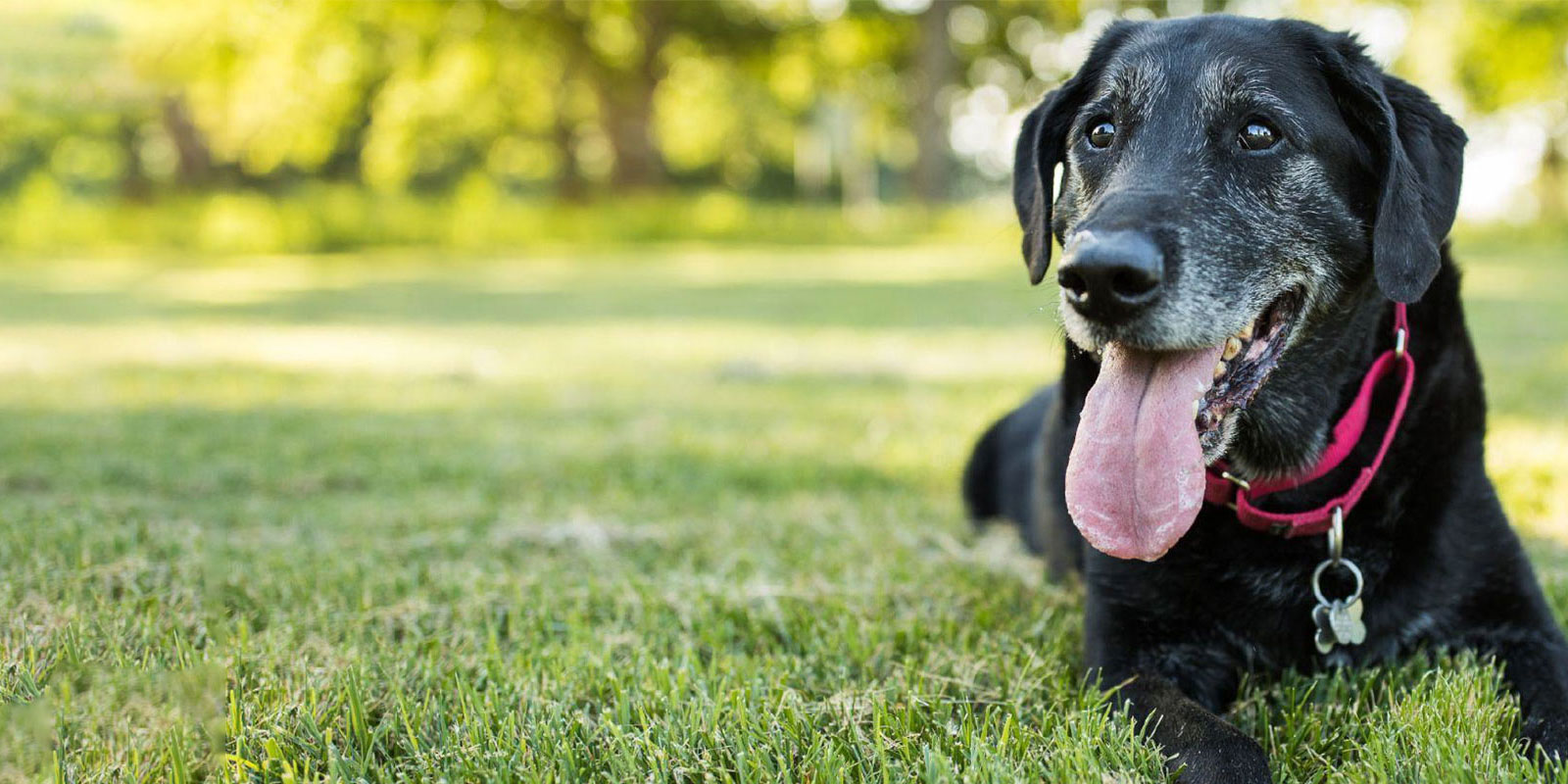Imagine if you had never brushed your teeth before. Horrible isn’t it? Well the same goes for our furry family members, they need their pearly whites feeling fresh and clean just like humans do. We all know how important good dental health is for pets. If your pet develops dental disease, this infection can spread to places such as their heart, liver and kidneys, making your pet quite sick. Brushing your pet’s teeth daily can help prevent any diseases from developing. The problem now is getting your pet on board. Through following a few steps below, you can have your pet loving all things teeth time!
Your Tool Kit
One of the most important parts of this process is having the right tool kit to ensure this job is completed as smoothly as possible. Consulting with your vet can help you find the best suited method for your pet. There are a range of toothbrush products in different designs. It’s best to start with a finger brush or a double headed toothbrush that has been specifically designed for your pet’s mouth. Prepare yourself for some chicken-flavoured tooth paste! Be aware that human toothpaste is extremely toxic to our furry friends and we must not use this when trying to brush our pet’s teeth. When you’re at the vet, you can choose from a variety of meaty or seafood flavours. Through trial and error, you will find out which one really gets their tail wagging.
Start Slow
With your furry friend seated comfortably on your lap, start very slowly integrating the toothbrush and toothpaste. Of course, have their favourite treats on hand to reward your pet! Without brushing, it could be good to let your pet sniff the toothpaste and lick it. You may need some patience here, but it will be worth it. Brushing your pet’s teeth is best introduced when they are a puppy or kitten.
Time to Brush
For the first few times brushing, it is important to only do a minute or two and make the process very brief. When you can see that your pet is adapting well to the toothpaste and brief brushing, you can try brushing a few strokes on their teeth. Once your pet feels comfortable with this process, you can increase the amount of brushing. Start at the front of their mouth and try to slowly move around their teeth. Place the toothbrush where your pet’s teeth and gums meet and move the brush in an oval pattern. Try to keep the brush at a 45-degree angle. As you make your way around your pet’s mouth, ensure you brush at the base of the tooth and the space between the teeth.
Through brushing your pet’s teeth regularly, you are helping to prevent a build up of plaque from forming. This can result in gum disease. As our furry family member ages, they are more likely to develop these dental conditions. Brushing their teeth early, helps prevent dental disease, especially bad breath (halitosis), from forming. If you need some help with brushing your pet’s teeth, chat to your vet about the best way to keep your pet’s mouth feeling fresh, clean and free from any pain!


